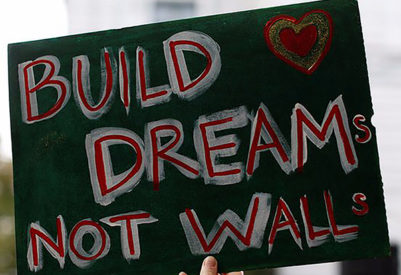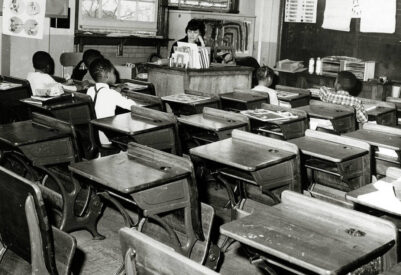
BY LASHAY D. HARRIS BROWN, paramedic
IN 1995, I lost my beloved 21-year-old cousin to a heart attack. Kevin Green was his name. He was overweight and certainly thought, he was the next Biggie Smalls. He was fresh, dressed, and smooth with his hip-hop approach
However, he was a known diabetic, making his life style prone to heart disease, over-riding the healthy characteristics of his young age. We lost Kevin to what we thought could never happen at his age, a heart attack.
He was having chest pain and had mistaken, the related symptoms as those that stems from heart burn.
To relieve his chest pains, his mother him Pepto-Bismol, an over the counter medication used to treat diarrhea, heartburn and upset stomach, before sending him to lay down upstairs in his bed room. That would be the last time, she laid eyes on Kevin alive.
He was found hours later in cardiac arrest. And after the resuscitation efforts of National Ambulance and Strong Memorial Hospital, he was declared deceased. And later they discovered, he had died from symptoms associated with a heart attack.
At the time, I was an active EMT working for National Ambulance and felt somewhat compelled to do more to save lives. Kevin’s death is what prompted me to begin to teach CPR to our community.
I often thought of… What, if my aunt was trained in CPR?
Training would have prompted her to recognize the signs and symptoms of a possible heart attack, which would have led to activating the EMS system for further care and evaluation.
The training would also have equipped her with the skills of CPR to perform, while awaiting the arrival of EMS.
There have been many barriers to people performing CPR. Afraid to do more harm, fear of doing mouth-to-mouth breathing, and just don’t want to touch someone
We need to let people know you can save a life with chest compression only and you will not do any more harm by trying to help, if you get the free training offered online by The American Heart Association (AHA).
If you forget, the 9-1-1 dispatcher can also provide coaching over the phone.
As for touching people, it’s something we must think about. We need to value the lives of everyone and get over that and think empathetically like……What, if that was me or my loved one? We would want someone to help.
Today, I am a CPR instructor for AHA and an active AHA board member for the Rochester Region. I have taught many classes to laypersons and professionals, so they can be ready to act in the event of a cardiac arrest of a stranger or loved one.
It has been proven that most people die of cardiac arrest, because they don’t receive immediate CPR from someone on scene.
Immediate CPR is important because it provides crucial care to the victim, until EMS or the fire department arrives.
In Rochester, the chances of a cardiac arrest victim receiving bystander CPR is less than 10%.
It has been proven that immediate CPR can double or triple, the chances of survival of a cardiac arrest victim. The Rochester community must do more to promote CPR training and action to assist in cardiac arrest events.
AHA offers hands-only CPR training, in addition to a variety of training for the workplace and healthcare professionals. For more information for training please visit: http://cpr.heart.org/AHAECC/CPRAndECC/FindACourse/Courses/UCM_473164_Courses.jsp or call American Medical Response at 777-7777





